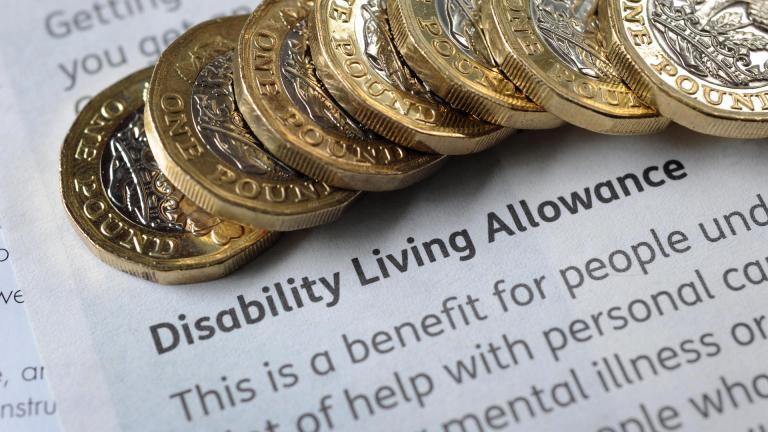School absence is a source of frustration for educators, just as it is for policymakers.
All of us who have worked in teaching will know that looking out from the front of a classroom to see the same desks repeatedly empty is a dispiriting experience. It’s not just that our modes and methods of teaching a wider cohort of pupils are disrupted but that we see uncomfortable and unfair trends playing out before our eyes.
The latest report from the Education Policy Institute (EPI) – Breaking down the gap: The role of school absence and pupil characteristics – demonstrates the continued correlation between economic disadvantage, poor school attendance and poor attainment levels. Students on free school meals in England are missing more school time than their peers, and are drifting behind academically as a result: an existing trend which has spiked since the pandemic.
- This is the devastating impact growing up in temporary accommodation has on children’s GCSE results
- We all clapped for the NHS during the Covid pandemic. Did it actually do… anything?
- Compulsory domestic abuse lessons for over 16s could help ‘prevent misogynistic murders’, MPs told
The EPI estimated that free school meals pupils had the same attendance record as their classmates, the gap in attainment levels by the age of 11 would be almost 10% less, and the gap at age 16 would be a whopping 20% lower.
As Community’s members can attest, schools work incredibly hard to encourage and reward attendance. But so much of what affects a child’s attendance is outside of a school’s control.
We cannot – and should never – seek to penalise the many children who have disabilities and medical or mental health conditions who cannot improve their attendance. Neither should we seek to penalise the growing number of children who are the primary carer for their siblings or parents in low-income homes.









